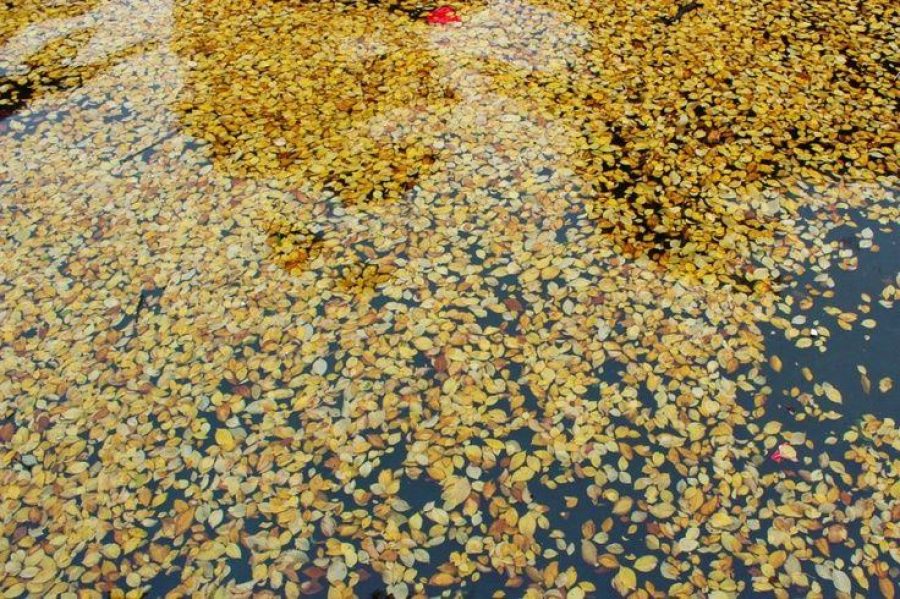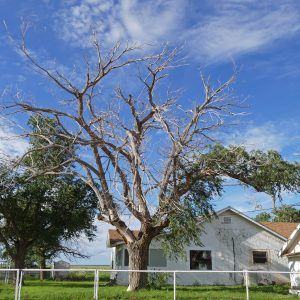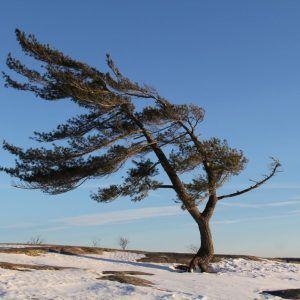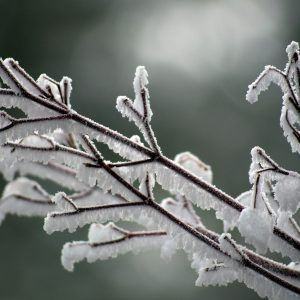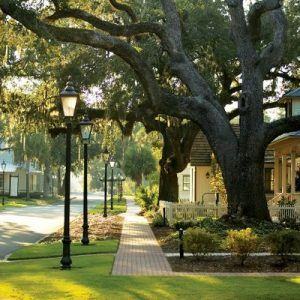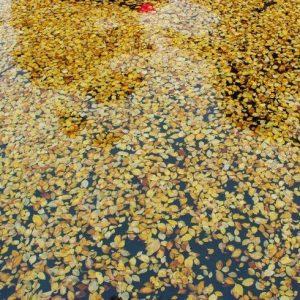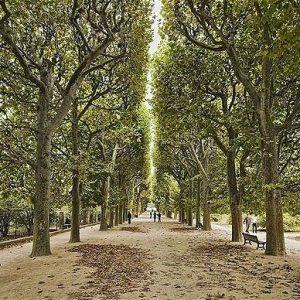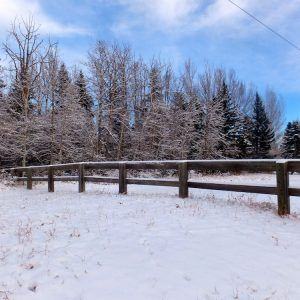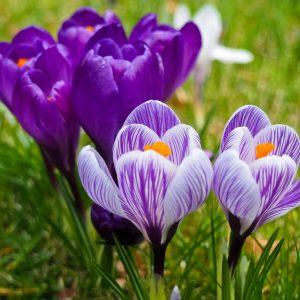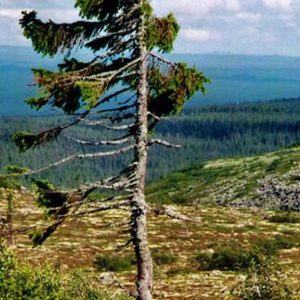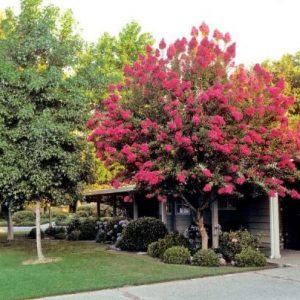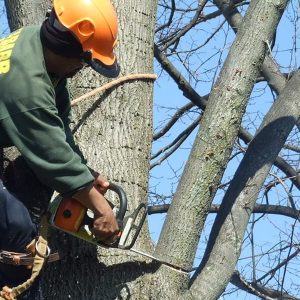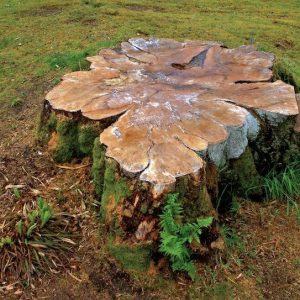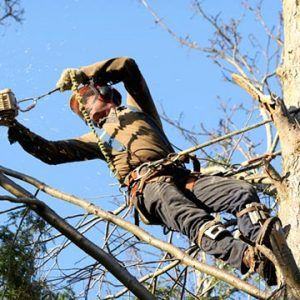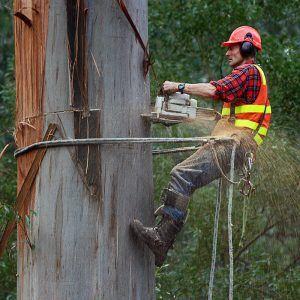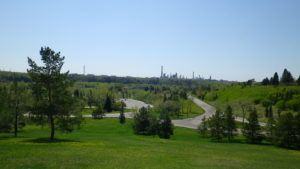At Chipps Tree Care, we see elms every day, and we’re experts in safely maintaining and removing them. That’s why we’re looking at cities across the world known planting them on their streets, and either protecting them from the spread of disease or replacing their decimated populations.
The Ulmus ‘Den Haag’ plays an important role in its home city of The Hague in the Netherlands. It’s a tough species, and one of the few that can thrive facing the salt water and winds of the coast. They were planted all along the shore, the boulevards, and the canals, and today there are still 30,000 of them in the home of the Dutch parliament. Dutch Elm Disease got its name because it was first identified in the Netherlands in 1921, though the actual sickness is a fungus spread by bark beetles from Asia. DED broke out in several waves, decimating populations as early as the 1930s, but it wasn’t until the ’90s that the infection threatened The Hague’s favourite tree. Across Europe and North America, the species had become one of the most popular ones for planting in cities, and Edmonton is no exception.
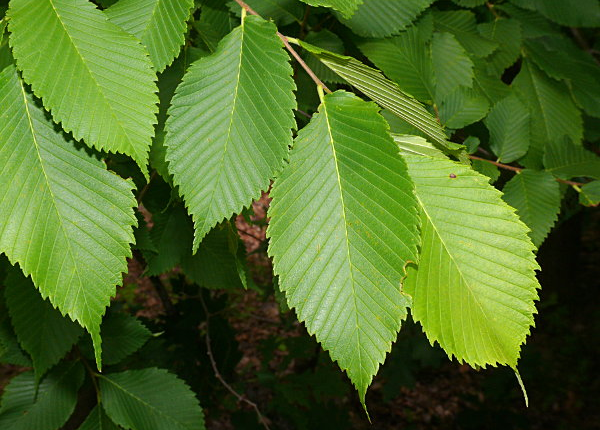
Every year, seven percent of The Hague’s arboreal population died. The cost of removing and replacing them was getting out of hand, but more importantly, streets that had been lined with century-old canopies became barren overnight. Officials responded with a two-pronged plan: sanitation and vaccination. Yes, there is a way to vaccinate a tree: Dutch Trig is a biological vaccine that helps prevent DED. After officials in The Hague started injecting their urban forest with Dutch Trig vaccines, the annual infection rate dropped from 7% to 0.16%, though only one third of all specimens were treated.
The second part of the prevention plan involved sanitation: the arboreal population was regularly checked for infection, and those that had succumbed were promptly removed and replaced by hybrid clones that were resistant to the disease. Perhaps most importantly, firewood from the vulnerable species was banned outright. The bark beetles that spread the infection love deadwood, and they thrive on damaged bark, exposed wood, and exposed branches. It’s illegal to keep elm firewood in Alberta; the beetles spread rapidly due to humans transporting the wood where they make their homes.
One hundred percent inoculation was too expensive, but this Dutch city found that stopping the spread with good pruning and removal practices was enough to minimize the effects of DED. In Edmonton, many of The Hague’s sanitation practices are already in effect, such as a ban on firewood and pruning during the growth season. This summer, keep an eye on the canopy on your property. If you notice an elm tree’s leaves turning yellow or brown in July or August, it may be a sign of infection. DED isn’t the only illness you need to look for. Fire blight, spruce beetles, and bronze leaf disease are all active in Alberta already. That’s why Chipps Tree Care does landscape consultations and assessments. Our trained arborists can answer your questions and help you come up with a plan when your urban forest has health issues. Give them a call this spring and summer if you notice pests or dying leaves that stay on the branches.


